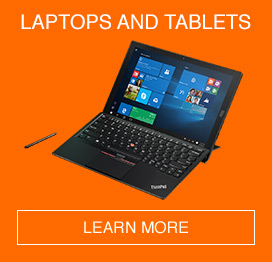When you take work home, do you do everything necessary to prevent data falling into the wrong hands?
When you take work home, do you do everything necessary to prevent data falling into the wrong hands? Apparently most workers don't. If you are just like one of the nearly 60 per cent of global businesses that don't have a proper BYOD (bring your own device) policy in place, you need to take steps to ensure the security of your business.
When you take work home, do you do everything necessary to prevent data falling into the wrong hands? Unsurprisingly, most workers don't.
If you are just like one of the nearly 60 per cent of global businesses surveyed by Acronis that don’t have proper BYOD (bring your own device) policies in place, you need to take steps to ensure the security of your business.
The risks are myriad – all it takes is an update to the wrong Twitter account, the theft of a password from a web browser cache or leaving a personal laptop with company data at a café. But Acronis found that 80 per cent of companies across eight countries, including Australia, had done nothing to educate staff about BYOD risks.
Barring employee-owned computing devices from the workplace simply doesn’t work nowadays, especially in small-to-medium enterprises where agility and mobility are a crucial part of work culture. So make sure you have a secure approach to BYOD by focusing on two areas.
1. Develop and enforce BYOD policies
Businesses should be aware that much of the security risk originates from inside your company, rather than from external threats. An Imation survey found that more than 50 per cent of employees take confidential data home with them each day on portable devices, including USB drives, smartphones and tablets.
If you don’t have them already, draw up clear guidelines to govern the use of BYOD in your workplace and educate staff on the risks. Make passwords and key locks mandatory – and enforce the policy consistently across the organisation.
2. Invest in BYOD security
For companies that place BYOD-related data security well below more overtly profit-building activities on the budget totem pole, now may be a good time to rethink that approach.
There are options for businesses in the form of mobile device management and mobile application management solutions. This involves locking down devices with passwords and encryption, as well as remote management features such as remotely locking and wiping lost devices.
When it comes to securing your data, it often pays to assume the worst and prepare accordingly. Aim to design BYOD policies that your employees won’t find cumbersome or inconvenient, as this is the surest way to ensure cooperation.




















